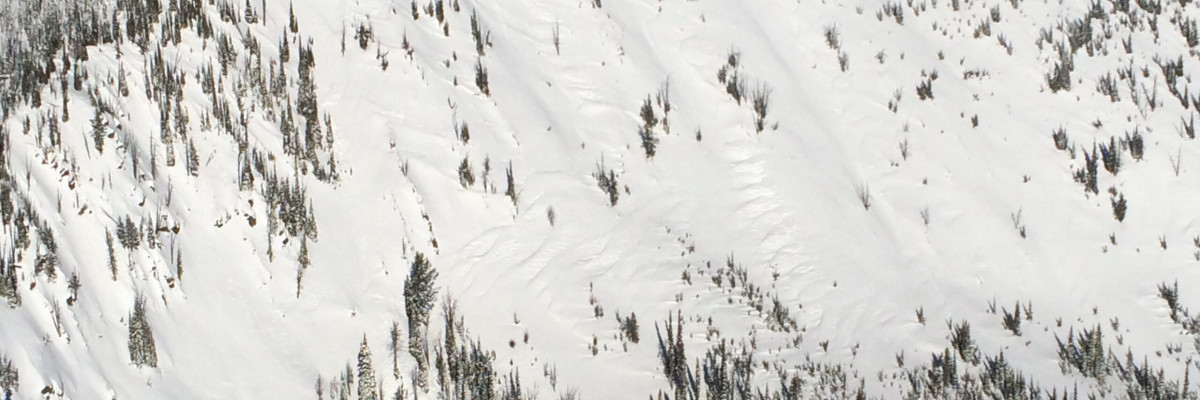An avalanche warning is in effect for the west central Montana backcountry above 5000 feet. The avalanche danger is now HIGH on terrain steeper than 30 degrees. Natural avalanches are likely, human triggered avalanche are very likely. Travel in avalanche terrain is not recommended.
Good morning backcountry skiers and riders, this is Steve Karkanen with an avalanche warning for Monday, January 5, 2015. This avalanche warning will expire at 0600 on January 6. The warning will be extended or terminated at that time.
This information is the responsibility of the Forest Service and does not apply to operating ski areas.
Weather and Snowpack
Heavy new snow and high wind has increased the avalanche danger.
This morning, area SNOTEL stations have received around 1.5 to 2.0 inches of snow water or about a foot of new snow. Temperatures are in the high twenties the wind is from the west gusting to 44 mph on Point Six.
This storm is warm with increasing snowfall intensity rates expected throughout the day. This storm snow is much heavier than previous snow and is forming dangerous slabs especially on lee terrain.
These are very dangerous avalanche conditions, travel in avalanche terrain is not recommended.
Avalanche specialists will be in the field Monday and Dudley will issue the regular avalanche advisory Tuesday morning.
























